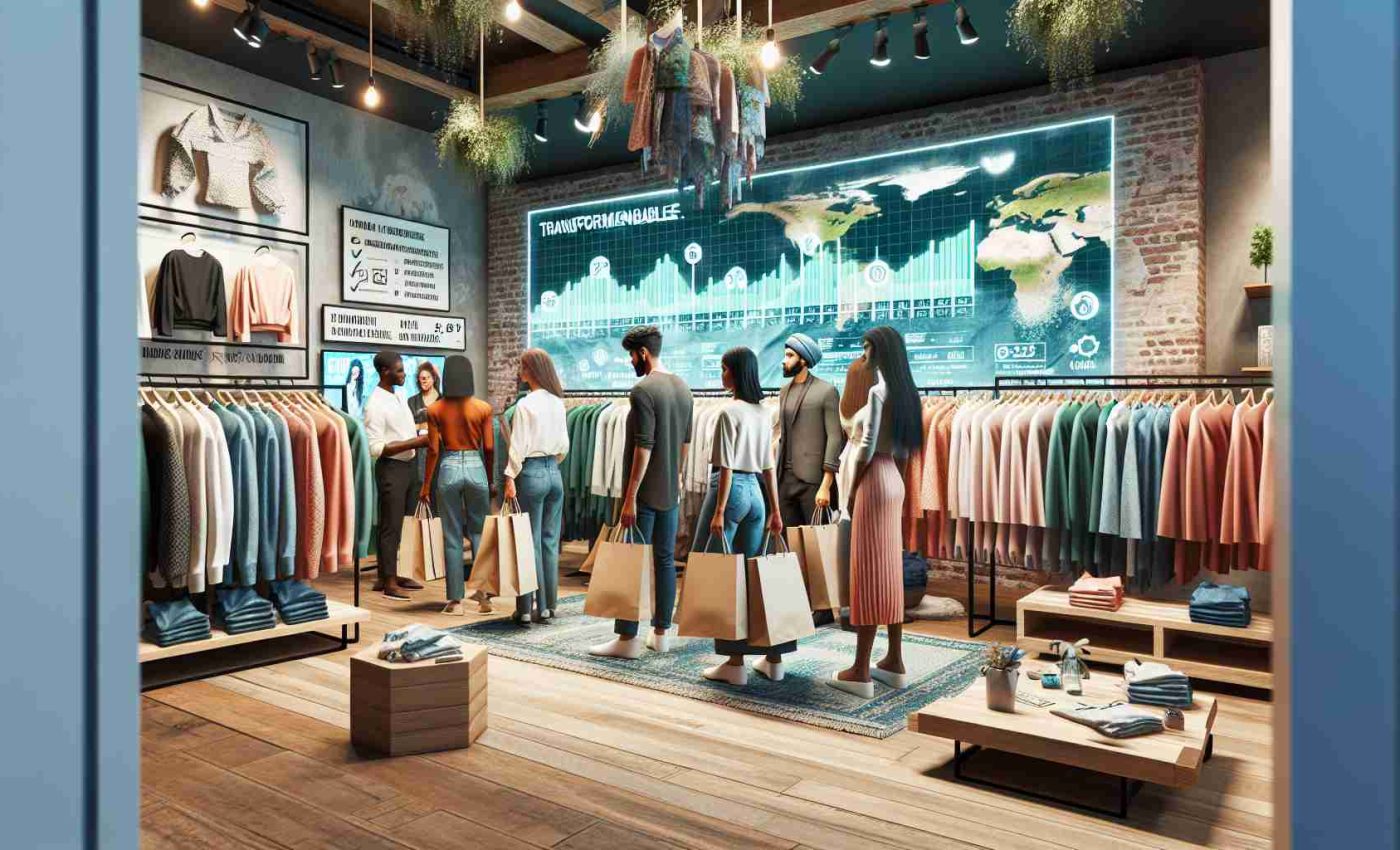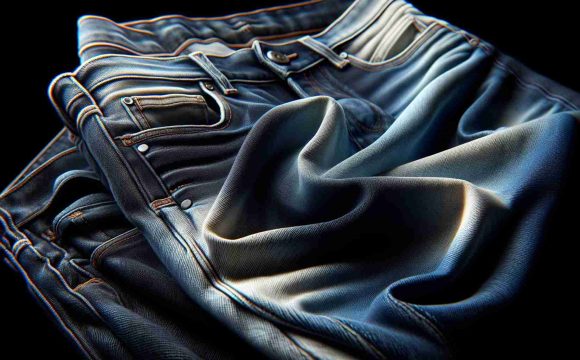The fashion industry is undergoing a transformation in the United States as the focus shifts towards sustainability. Rather than discarding millions of tons of clothing into landfills or sending them to developing countries, companies are adopting recycling initiatives. Retailers and fashion producers are implementing programs for collection, repair, and reusing textiles. This shift is driven by a new wave of consumer consciousness and environmental responsibility.
Gone are the days of solely promoting new items as leading brands like H&M and Banana Republic explore the thriving market for second-hand clothing. At H&M, customers are incentivized to bring in their old items, while Banana Republic has integrated vintage pieces from the ’80s and ’90s into their Soho store, blending military surplus aesthetics with a touch of nostalgia.
The second-hand clothing market in the US is thriving with over 25,000 thrift stores. According to a report by ThredUp, second-hand clothing sales have surged by 11% within a year, reaching a revenue of $43 billion. This market landscape includes a variety of options, from national chains like Goodwill to online platforms selling high-end fashion pieces.
Retailers are adapting to this new trend, with brands like Madewell offering pre-loved items alongside their main collections. Meanwhile, H&M has introduced dedicated sections for second-hand clothing in select stores, acknowledging the shift towards sustainable fashion practices.
The success of these initiatives demonstrates a growing consumer demand for eco-friendly alternatives. With the younger generation leading the charge, embracing second-hand fashion is not just a style statement but a conscious effort to reduce environmental impact.
Innovations in Sustainable Fashion Retail: Addressing Key Questions and Challenges
As the fashion industry continues to evolve towards sustainability, new questions and challenges arise that shape the landscape of transforming fashion retail. Here are some important aspects to consider:
1. How can fashion retailers ensure transparency in their sustainability practices?
Transparency is crucial for consumers who are increasingly concerned about the environmental and ethical impact of their clothing purchases. Retailers need to provide clear information about their sourcing, manufacturing processes, and the impact of their products on the environment.
2. What are the key challenges in implementing sustainable practices in fashion retail?
One significant challenge is the cost associated with sustainable materials and production methods. Balancing affordability for consumers with the higher costs of sustainability can be a complex issue for retailers. Additionally, ensuring the traceability of materials and ethical labor practices throughout the supply chain presents a continuous challenge.
3. Are there controversies surrounding the shift towards sustainable fashion practices?
While the focus on sustainability is generally praised, there are controversies surrounding greenwashing – when companies mislead consumers by claiming their products are more eco-friendly than they actually are. Ensuring authenticity and credibility in sustainable initiatives is essential to maintain consumer trust.
The Advantages and Disadvantages of Embracing Sustainable Fashion Retail
Advantages:
– Building brand reputation: Companies that embrace sustainable practices can enhance their brand image and appeal to environmentally conscious consumers.
– Meeting consumer demand: As more consumers prioritize sustainability, offering eco-friendly options can attract a larger market share.
– Contributing to environmental preservation: By reducing waste and promoting recycling, sustainable fashion practices play a role in mitigating environmental impact.
Disadvantages:
– Higher production costs: Sustainable materials and processes often come with higher costs, which can impact profit margins for retailers.
– Educating consumers: Changing consumer behavior towards sustainable fashion requires education and awareness, which can be a gradual process.
– Competition and market saturation: As more retailers jump on the sustainable fashion bandwagon, standing out in a saturated market can be a challenge.






